6 easy ways to lose money in stocks
1. There’s always a bull market somewhere
There might be a bull market somewhere, but it won’t always be in stocks. And if there is a bull market somewhere, there must be a bear market somewhere, too. The problem with this comment is that it makes people believe the stock market always goes up. As many investors already know, that is most definitely not the case.
2. The ‘little guy’ is causing the market to fall
When the S&P 500 or some other market benchmark is falling, analysts always want to blame someone. The retail investor is an easy scapegoat. I heard a commentator make this ridiculous comment during a recent market selloff. Come on! The “little guy” (i.e. retail investors) do not have the power to move the markets (unless there is mass panic). In fact, the retail investor is usually the last to get out of the market, and often at the bottom.
3. Your stock will come back to even
The conventional wisdom is this: If your stock goes down, you should buy more because you are getting a bargain. If your stock goes up, you should buy more because you’ll be missing out on a great opportunity.
In reality, there are times when your stocks, even some of the best, do not come back to even or at all.
4. Buy on the dip
Buying on the dip during a bull market or when the market is in an uptrend can work, but if you buy on the dip during a downtrend or bear market, you could get slaughtered.
Even worse, some people buy on the dip while they are holding losing positions. Here’s a rule: Don’t ever buy additional shares of a losing stock, especially if it is still going down.
5. You can get rich quickly
There is nothing more ridiculous than books that promise to make you rich in the stock market. Yes, you can win, build wealth, and make profits, but to believe that after reading a book you will get rich is ridiculous, and is only designed to sell books.
6. Buy low, sell high
Similar to buy on the dip, the “buy low and sell high” mantra has been drilled into investors since the early days of the stock market.
Unfortunately, this cliché has caused many investors to lose big in the market. For starters, the terms “low” and “high” are difficult to define. No one knows what is low or high until after stocks have reached these points.


 5Likes
5Likes LinkBack URL
LinkBack URL About LinkBacks
About LinkBacks










 Reply With Quote
Reply With Quote
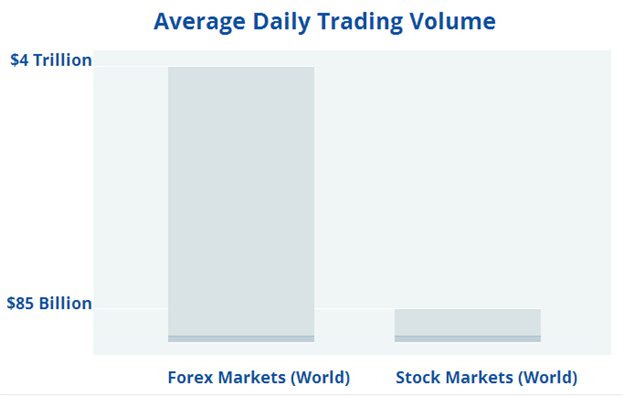
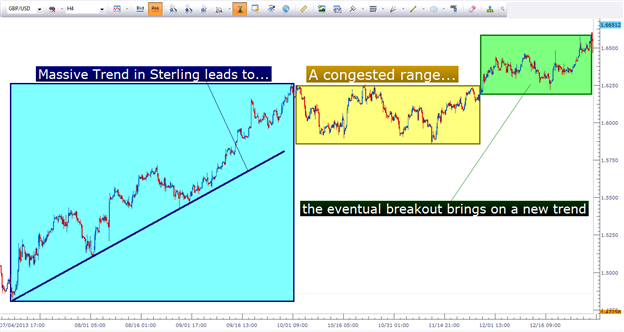

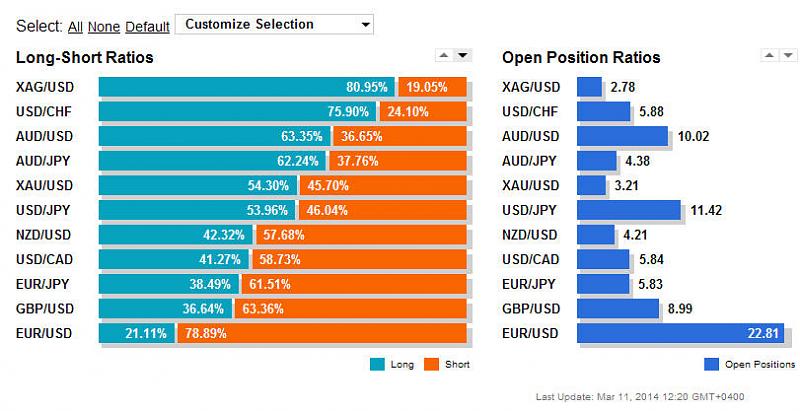
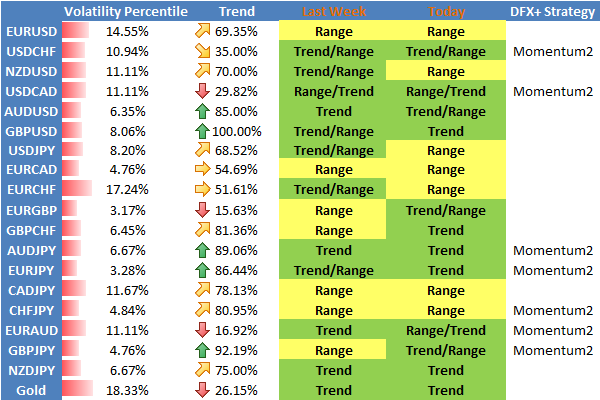





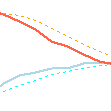
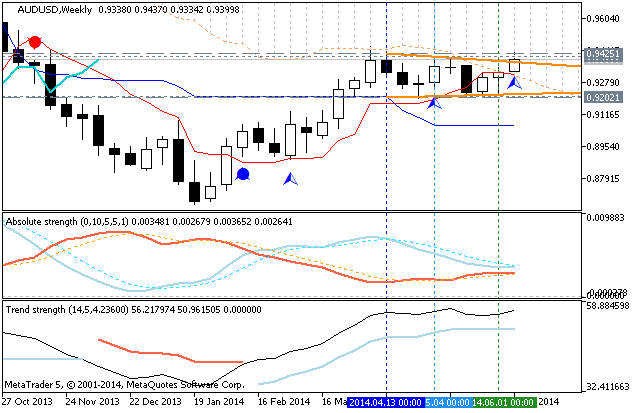
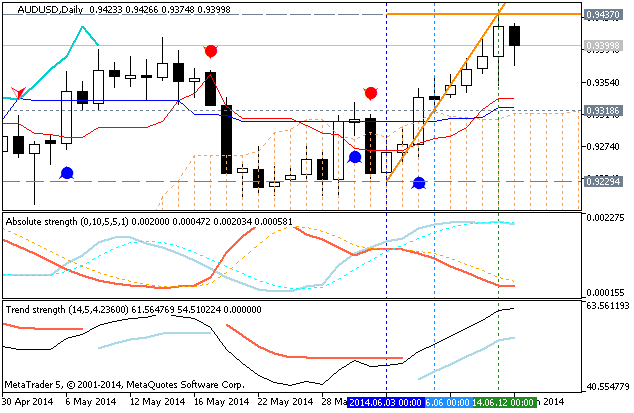
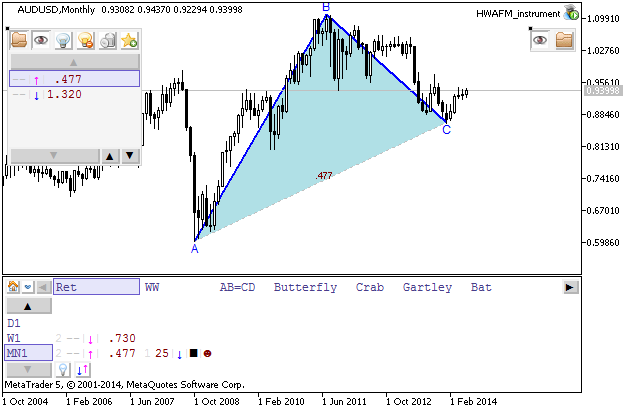
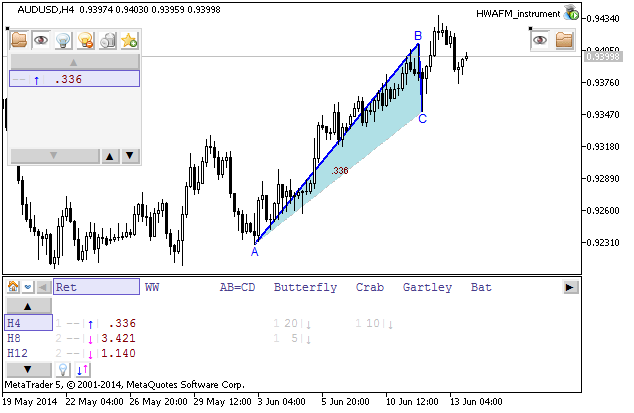


Bookmarks